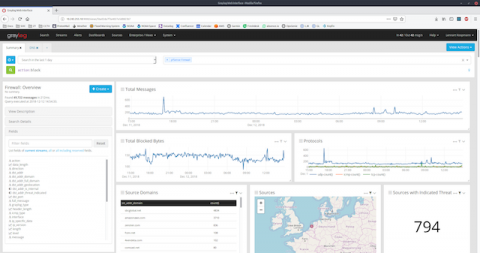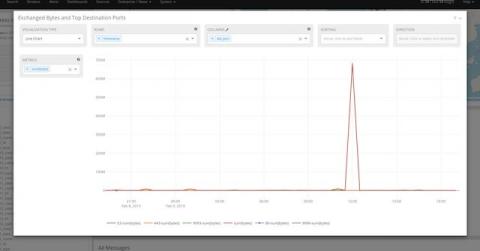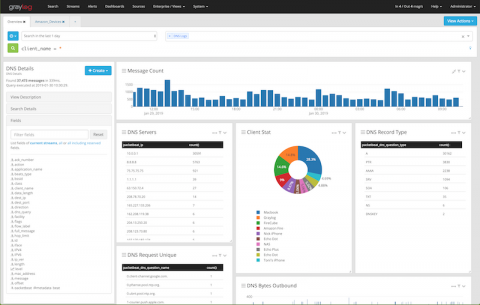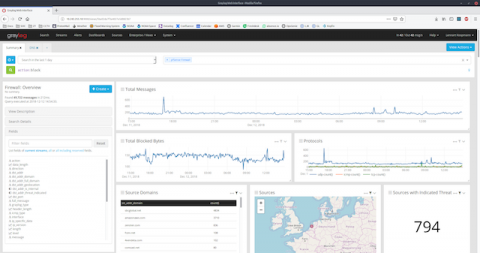ITOps vs. DevOps: What Is the Difference?
ITOps vs. DevOps: where does one end and the other begin? These two terms are commonly confused even within the IT industry, which is understandable since neither is set in stone and they often overlap, especially when talking about infrastructure. What does each role encompass and how can you tell the difference between them?







